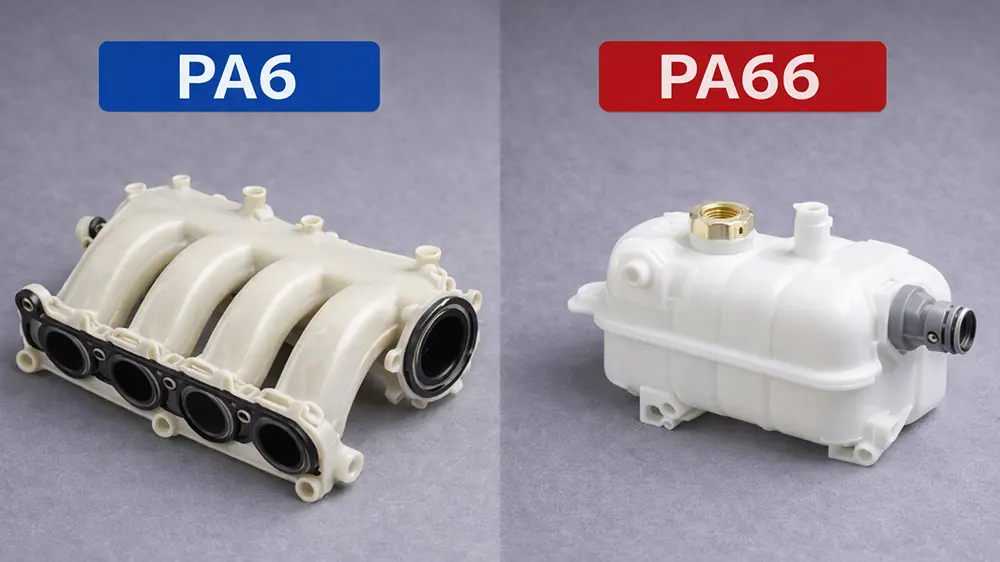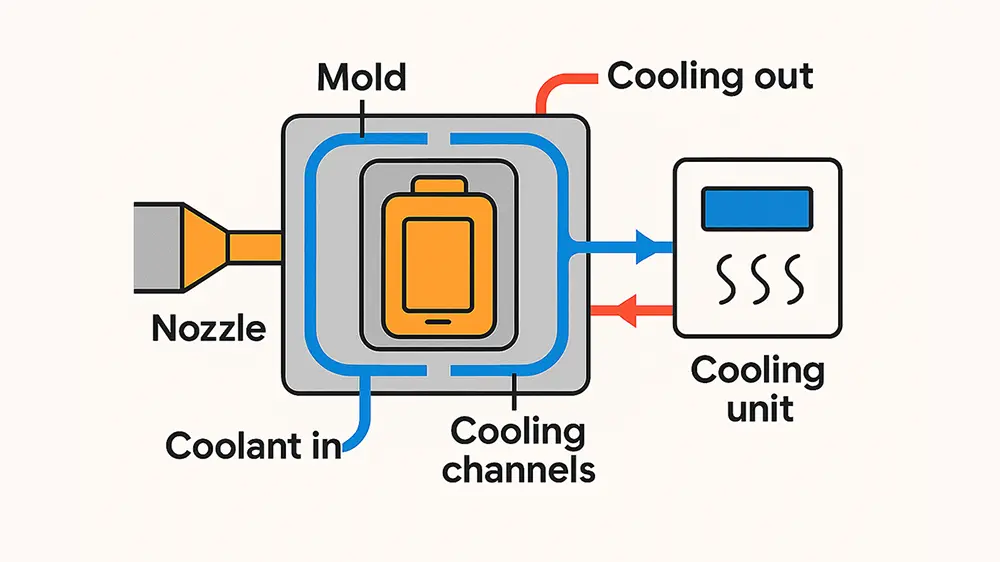Manufacturing and machining of cylindrical parts can increase some trivial and non-trivial problems. These problems are at times evident when inexperience or the improper type of machining is used. For manufacturing of cylindrical parts, turning is a process where the material of the rotating part is removed through a tool moving in a certain axis. Turning is a process that is widely used by machinists for conventional as well as unconventional machining process. This article provides you a detailed insight on how the turning process goes about and different steps in the turning process as well. So let’s start by knowing about the different steps in the turning process:
1. Selection of Raw Material:
The turning process begins by selecting a suitable raw material, usually a metal or plastic rod or tube. The choice of material depends on the application requirements, with common materials including steel, aluminum, brass, and plastics. The raw material is cut to the desired length and secured in a lathe for machining.
2. Mounting the Workpiece:
The workpiece is securely mounted in a lathe, which is a machine tool that rotates the workpiece about its axis while a cutting tool removes material from the surface. The workpiece is held in place by a chuck or collet, which grips the material firmly to prevent movement during machining.
3. Selection of Cutting Tools:
Next, the appropriate cutting tools for the turning operation are selected. The cutting tool is mounted on a tool holder and positioned at the desired angle and depth relative to the workpiece. The cutting tool is made of high-speed steel, carbide, or other materials that can withstand the cutting forces and heat generated during machining.
4. Machining the Workpiece:
With the workpiece mounted and the cutting tool in place, the turning process can begin. The lathe rotates the workpiece at a controlled speed while the cutting tool is fed into the material to remove chips and create the desired shape. The cutting tool can move along the length of the workpiece (longitudinal turning) or across the diameter (facing).
5. Finishing Operations:
After the rough turning is complete, the workpiece may undergo additional finishing operations to achieve the desired surface finish and dimensions. This may include processes such as polishing, grinding, or threading. The finished part is then inspected to ensure it meets the desired specifications.
Types of Turning Operations in Machining:
Turning is a versatile machining procedure that can be custom designed to supply a wide form of additives with exclusive shapes, sizes, and features. Here are a few not unusual forms of turning operations utilized in machining:
1. Straight Turning:
In instantly turning, the reducing device moves parallel to the axis of the workpiece to get rid of fabric and create a cylindrical shape. This operation is used to lessen the diameter of the workpiece or to create a straight, cylindrical workpiece.
2. Facing:
Facing is a turning operation wherein the reducing tool movements perpendicular to the axis of the workpiece to create a flat floor on the end of the issue. Facing is used to create a easy, flat surface this is perpendicular to the axis of the workpiece.
3. Taper Turning:
Taper turning is a turning operation where the diameter of the workpiece steadily decreases or increases alongside its length. This operation is used to create tapered surfaces such as conical shapes or angled features on a component.
4. Contour Turning:
Contour turning is a turning operation in which the reducing device follows a specific path to create a contoured form on the surface of the workpiece. This operation is used to create complex shapes and features consisting of grooves, curves, and radii.
5. Thread Turning:
Thread turning is a turning operation wherein the cutting device is used to create outside or inner threads at the surface of the workpiece. This operation is used to create threaded additives inclusive of bolts, nuts, and screws.
6. Knurling:
Knurling is a turning operation in which a patterned curler is pressed towards the surface of the workpiece to create a textured pattern. Knurling is used to improve the grip or look of a component.
7. Parting Off:
Parting off is a turning operation where the slicing tool is used to cut off a element from the principle body of the workpiece. This operation is used to separate a completed aspect from the relaxation of the cloth.
8. Boring:
Boring is a turning operation where a single-point reducing tool is used to expand an existing hole within the workpiece. This operation is used to attain a particular diameter and easy floor end inside a hollow.
Each sort of turning operation has its own blessings and packages, making turning a flexible and vital method in the production enterprise.
Pros of Turning:
- Versatility: Turning is capable of producing a huge range of components with exceptional shapes, sizes, and features, making it a versatile machining technique.
- High Precision: Turning presents excessive precision and accuracy, allowing for tight tolerances and smooth surface finishes.
- Cost-Effectiveness: Turning is a cost-effective machining process, requiring minimal tooling and setup compared to different techniques.
- Efficiency: Turning is a quick and efficient system, making it best for excessive-quantity manufacturing of elements.
- Suitable for Various Materials: Turning may be used to device a whole lot of substances, such as metals, plastics, and composites.
Cons of Turning:
- Limited to Rotational Parts: Turning is primarily used for generating cylindrical or rotationally symmetrical parts, proscribing its use for different shapes.
- Tool Wear: Cutting equipment in turning can wear out fast, in particular whilst machining tough substances, main to expanded tooling costs.
- Limited to External Features: Turning is specially used for growing outside capabilities on parts, requiring additional operations for internal features.
- Not Suitable for Small Features: Turning may not be suitable for machining small, complex features because of limitations in device length and geometry.
- Requires Skilled Operators: Operating a lathe and appearing turning operations requires ability and experience, which can be a obstacle in a few production environments.
Conclusion:
So as a whole, the turning process has its fair share of pros and cons but the applications of this process are a lot which is why it has been employed in various industries. Nowadays, CNC machines are being used for this process and it continues to be a cost-effective solution for manufacturing of cylindrical parts.





